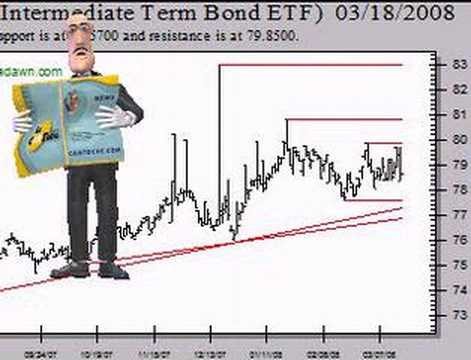Not All ShortTerm Bond ETFs Are Cut From The Same Cloth
Post on: 5 Май, 2015 No Comment

The popularity of short-term bond ETFs has continued to gain steam in 2014. In the wake of Federal Reserve taper fears and rising interest rates last year. many fixed-income investors flocked to these low duration funds in an attempt to shelter their portfolios from decline.
Short-term bond funds are considered attractive in a rising rate environment because of the inverse relationship between bond prices and bond yields. A fund with a lower overall duration will have a concomitant reduction in its total yield and less sensitivity to interest rates.
While this strategy proved to be largely successful in 2013, the quest for yield has many portfolios stretching to capture additional income by moving down the credit spectrum. This hunger for below-investment grade holdings has led to concerns of future bumps in the high yield bond market creating significant waves across the industry.
So far this year, the PIMCO 0-5 Year High Yield Corporate Bond ETF (HYS ) and SPDR Barclays Short Term High Yield Bond (SJNK ) have accumulated $2.8 billion in new assets. These two funds represent the largest dedicated high yield or junk bond related ETFs in this space with a combined total of $9 billion under management. While both of these ETFs have a similar effective duration near 2 years, their portfolio makeup is quite different.
HYS has a 30-day SEC yield of 2.87% and approximately 17% of the portfolio dedicated to overseas high yield opportunities. SJNK on the other hand is strictly U.S.-based and offers a 30-day SEC yield of 3.85%. This difference in yield is most attributable to the credit makeup of the underlying securities. To achieve a higher income stream, SJNK has a larger percentage of its portfolio dedicated to B and CCC-rated companies. This in turn will make it more sensitive to changes in default rates and other credit events that can have an adverse effect on price.
By comparison, the Vanguard Short-Term Corporate Bond ETF (VCSH ) is primarily dedicated to investment grade corporate bonds. This ETF has a slightly higher effective duration of 2.9 years but a much lower yield of 1.38%. With VCSH, you are essentially swapping a lower yield for higher credit quality to reduce your default risk.
Moving farther up the spectrum, a theoretical credit risk-free ETF such as the iShares 1-3 Year Treasury Bond ETF (SHY ) is only paying a paltry yield of 0.31%. This ETF has nearly $8 billion in total assets that is earning just slightly more than the mediocre return of cash, while still taking on a small amount of interest rate risk.
SHY should really only be used as a short-term holding spot for excess cash until it can be put to work in other areas of the market that offer more substantial yields or reward characteristics. Even then, the transaction costs of buying and selling this type of fund in small quantities may quickly negate any marginal income that is received.
The key to navigating the world of short-term bond ETFs is to be wary of portfolio construction, yields, and fees. Many products that compete in the same category have widely varying characteristics that can significantly impact income and total return over time. In addition, you should consider the opportunity costs of owning short-term bonds versus intermediate duration alternatives which may produce better income or capital appreciation under certain conditions.
We have been in a period of low default rates, low interest rates, and a rising equity market for some time that has created a tailwind for many of these investments. However, a cyclical shift in any of these areas may create a new dynamic that tests the effectiveness of owning these short-term funds in the future.














